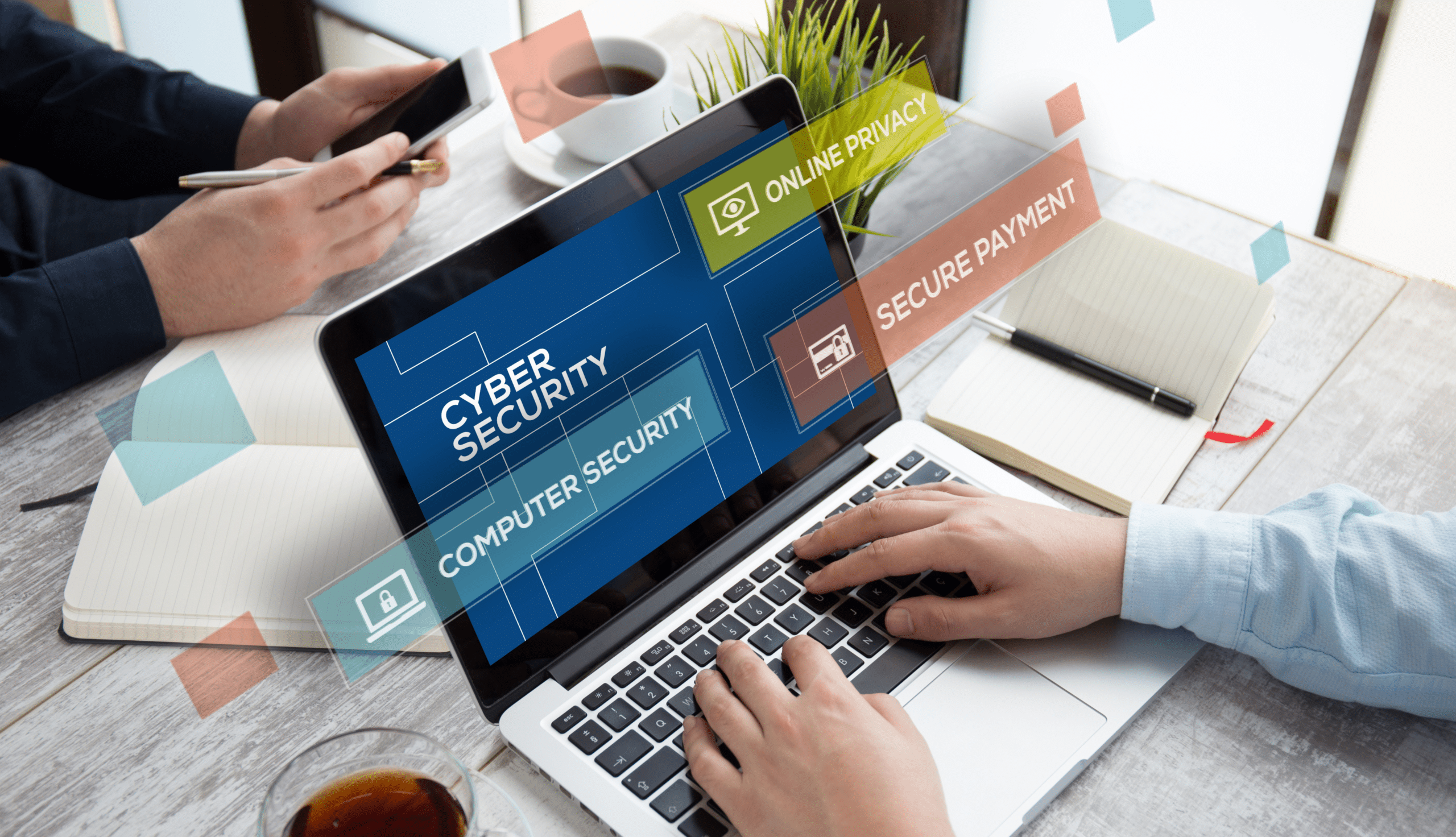
14 Aug 4 Things You Should Do Right Now to Improve Cybersecurity
Quick essential strategies for better online defense
Cybersecurity risks don’t take a vacation, and the digital world grows more dangerous by the day. Though our methods, strategies, and technology has shifted to a more security-conscious realm, threat parties are eager to take advantage of any resource they can find and use it against unsecured networks. The fight for cybersecurity will never end, but that doesn’t mean it’s an impossible fight.
Here are 4 things you can do right now to shore up your personal and business security.
Security Tips
Strategy 1: Enable MFA
We’ve made a big to-do about it before, but that’s because it’s a cheap, effective way to instantly protect devices, logins, and apps. Multi-factor and two-factor authentication essentially create an additional security barrier for apps and devices. This is to weed out brute-force attacks or hack attempts.
You can do it on virtually any mobile device and most mainstream apps and websites have a 2FA option. Just be sure not to lose the device in question, because proving your identity is a hassle after the fact.
Strategy 2: Backup Data
These days it’s easier to “move” from device to device. For example, if you have access to a cloud save, like OneDrive, and you login to a new computer, anything from the old system will carry over. However, it’s still important to create backups of essential files, programs, and media.
Cloud backups are increasingly popular, but have an external HDD or SSD handy. Even a flash drive can be useful, so long as it’s stored in a safe location. For businesses, investing in BDR resources like data storage facilities is also useful.
But for most cases, some measure of backup is protection, because you keep info safe in case of emergency.
Strategy 3: Learn about phishing schema
Cybersecurity isn’t all automated, and knowledge is power, after all.
By this, we mean it’s important to understand and identify threat types, especially phishing scams. Social engineering is a time-tested method attackers use to steal data, passwords, and even launch ransomware. Today, there is only so much modern technology can do to protect you. It won’t mean much if you click a malicious link and give away your information.
Therefore, take a moment to get brief understanding of phishing emails.
Strategy 4: Implement password managers
How many times have you been notified about potentially unsafe passwords? Sadly, gone are the days where a couple of memorable logins would do us fine.
Today, a combination of bot-attacks and credential theft created a dangerous minefield of password breaking strategies. The remedy, of course, is implementation of stronger, complex logins, multiple ones for multiple websites. Because of said complexity, using a password manager to safely store and/or randomize for logins is strongly recommended. Not only because the randomly generated phrases are strong to resist attack, but also because it’s easier to store – unless you have perfect memory.
It’s still dangerous in the digital world, but these 4 essential tips can put you in safer waters. For other news, information, and assistance, contact Bytagig today.
Share this post:
Sorry, the comment form is closed at this time.